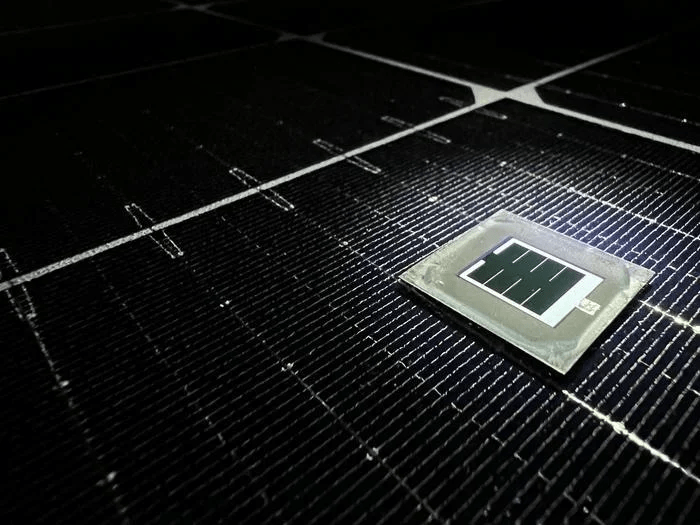In Short : Tandem solar cells are paving the way for affordable clean energy. This innovative technology holds promise in enhancing solar efficiency, reducing costs, and advancing the accessibility of renewable energy, marking a significant step towards sustainable power solutions.
In Detail : A roadmap for commercializing perovskite/silicon tandem solar cells has been released by researchers at King Abdullah University of Science and Technology (KAUST), opening the door for a future where Saudi Arabia and the rest of the world will be powered by cheap, plentiful clean energy.
Professor Stefaan De Wolf and the research team at the KAUST Solar Center are among the authors of the article that was published in the prestigious journal Science. To meet Saudi Arabia’s solar targets, the team is focusing on increasing solar efficiency.
To achieve record-breaking efficiency, perovskite/silicon tandem technology combines the advantages of two materials: silicon’s long-term stability and perovskite’s efficient light absorption. Two world records for power conversion efficiency were reported by the De Wolf laboratory in 2023, and five records were set globally in the same year, demonstrating the quick advancement of silicon/perovskite tandem technology.
Nonetheless, careful thought must be given to transferring laboratory success to practical application. The article lists the main obstacles to commercialization and suggests ways to overcome them.
One of the factors under consideration is the impact of real-world conditions such as variable temperature and sunlight. The authors propose geographical testing, likened to personalized medicine for solar cells, as a means to optimize performance tailored to specific locations.
Accelerated stability testing is another thing to think about. The solar cells that are deployed need to last for several decades. Thus, it is necessary to conduct tests that condense years of wear and tear into a much shorter period of time. Degradation rates must be understood to establish competitive pricing and warranties.
Lastly, the expensive materials and possibly hazardous chemicals used in today’s manufacturing processes may necessitate the installation of pricey safety measures. To find areas for cost savings, the paper suggests paradigms for tandem production lines that are both mechanically stacked and monolithic.
Erkan Aydin, another author of the study is expected to leave the De Wolf lab in 2024 to start his own in Europe.
Perovskite/silicon tandem photovoltaics research at KAUST is a groundbreaking example of the University’s dedication to creating green technologies that promote carbon-free policies and ensure a sustainable future.

